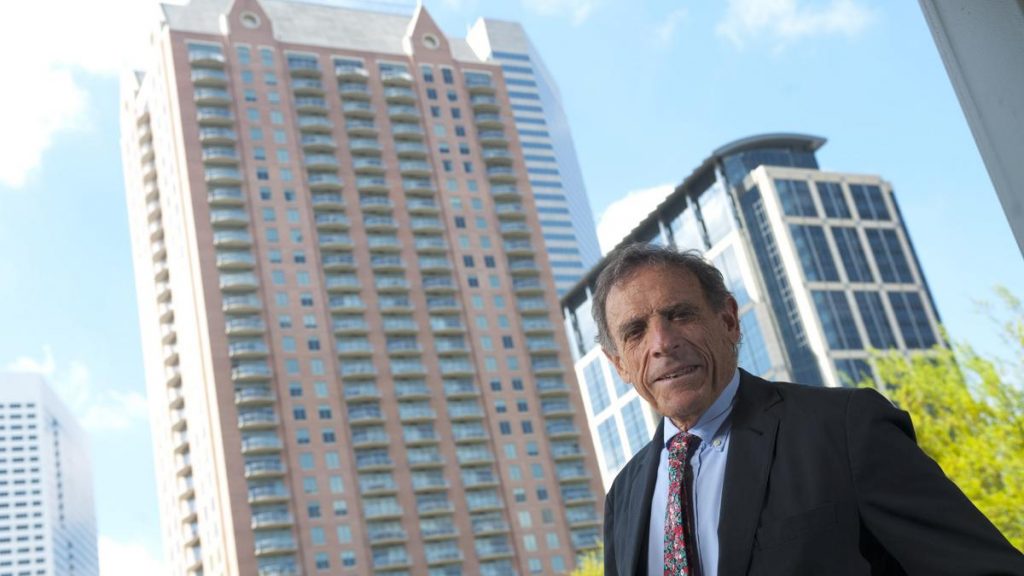Published by Forbes.com | March 8, 2022
“It’s not sustainable,” Finger says, of the 25% increase during the Covid-19 pandemic in apartment rents in key sunbelt cities like Tampa, Austin, Nashville and Houston. He points to rampant new construction nationwide, with so many buildings springing up that 600,000 new units came to market last year — nearly double the previous record. Meanwhile, those federal stimulus checks that fattened renters’ wallets have been mostly spent and price increases for other necessities, like energy and food, are competing for their remaining dollars.
“I am absolutely programming for a major correction,’’ says Finger. That’s why this past December he sold half his portfolio — 15,000 units in Houston, Dallas and Atlanta — to real estate investor Greystar for $2 billion. He thought it was a rich price, equal to about 33 times expected 2022 net operating income (rental income minus expenses) of $60 million. Figuring the package would have fetched some 75% less before Covid-19, Finger concluded, “it would be irresponsible not to sell.”
So what did Finger hold on to? He kept some trophies, like One Park Place, a high-end tower he built in downtown Houston adjacent to Discovery Green park, and 500 Crawford, a luxe mid-rise across the street from Minute Maid Park, where the Astros play. And some properties with sentimental value, like Colony Oaks, the very first two-story walkup complex that he built in Houston in 1960; selling that “would be like selling my first born.”
Significantly, Finger also retained properties that he thought had more appreciation left in their underlying dirt. One fully leased 152-unit complex he built in the 1960s is on seven acres adjacent to the private Duchesne School. “The school now has nowhere to grow but on to that land,” he muses. The land is currently appraised by the county at $30 million, but he thinks it’s worth a lot more, especially in famously un-zoned Houston, “the only major city that really has no restrictions to entry,” he says. “It’s certainly allowed me to develop at will.” And eventually, to redevelop. Which is why he says, “I think what I’m holding on to is worth more than what I’m selling.”
Yet while Finger was a happy seller, Greystar was a happy buyer, says Kevin Kaberna, its investment director, who admires Marvy Finger’s vigor and calls him a “prolific developer of the nicest assets in best locations.” With 54,000 units in Houston, Greystar was already the biggest landlord in town and Kaberna insists the market remains fantastic – he points out the nationwide vacancy rate is down to 5.2%, the lowest in at least 20 years, with outright shortages in the hottest markets. The biggest tailwind trend, says Dallas-based real estate consultant Ron Witten, is the “undoubling” of households as some Millennials (including those who moved home during the early pandemic days) leave their parents’ nests, and others already out on their own jettison annoying roommates.
“What’s happening now can’t last,” Finger says, referring to the rampant construction of apartment buildings. In Houston, for example, builders currently hold permits to build 42,000 units, more than twice the normal number. Prices for labor and materials are surging. Having seen bubbles before, Finger is content to wait. “We’re going to get overbuilt again. The glut is definitely coming.”


